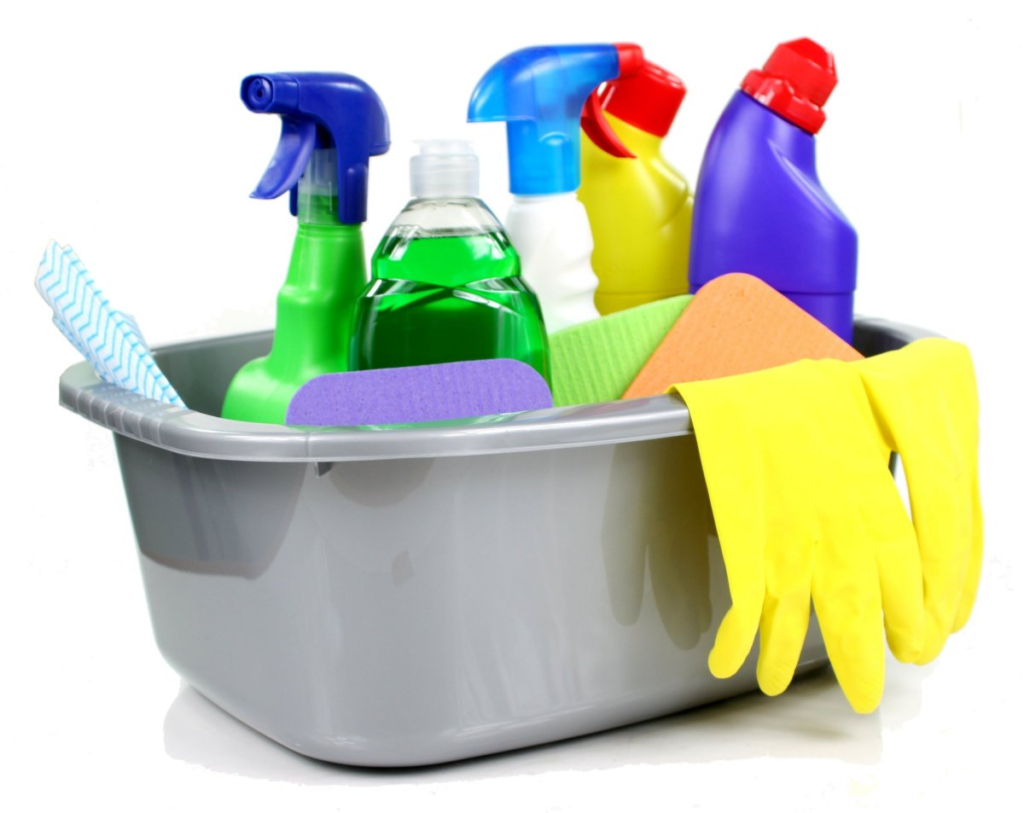Environment versus Health: Is there REALLY a Dichotomy?
After reading this post on the Indoor Health Council’s blog, I wrote a response worth sharing with you:

Re: The Problem with Green Standard Offerings: You write, “focus on the main issue, health-focused cleaning; directing energy to one and not two main goals: health or sustainability, not both, or you compromise the program.” We need a reframing here.
The question is not whether to choose health over green practices (of course we do!). The better question is how to achieve the health outcomes while also minimizing negative and maximizing positive environmental impacts. As one very easy example, how much packaging do we really need? Does it really increase safety to wrap every component of a kit individually, place the wrapped components on a foam tray, wrap the entire inner contents, box the wrapped set, and then add another layer of shrinkwrap around the box, stick the box in a case with 11 others, shrinkwrap the case, stack cases on a pallet, and then wrap the pallet?
For that matter, could some of the components in that kit be used again? Why do we design so many products to be used once and then thrown away?
My comment ended there–but that’s only the beginning of a much larger discussion. Some other questions to raise would include:
- When can we use nontoxic natural cleansers and disinfectants such as baking soda and peroxide–and when do we actually need something stronger?
- Can we get our cleaning agents in eco-friendly formats such as pellets to be dissolved in water, rather than harmful ones such as aerosol cans?
- What are the most ergonomic ways to clean that protect our hands, shoulders, and backs from injury?
- How do we most effectively train cleaning personnel to understand health, environmental, and safety issues?
Please add your own questions in the comments.
